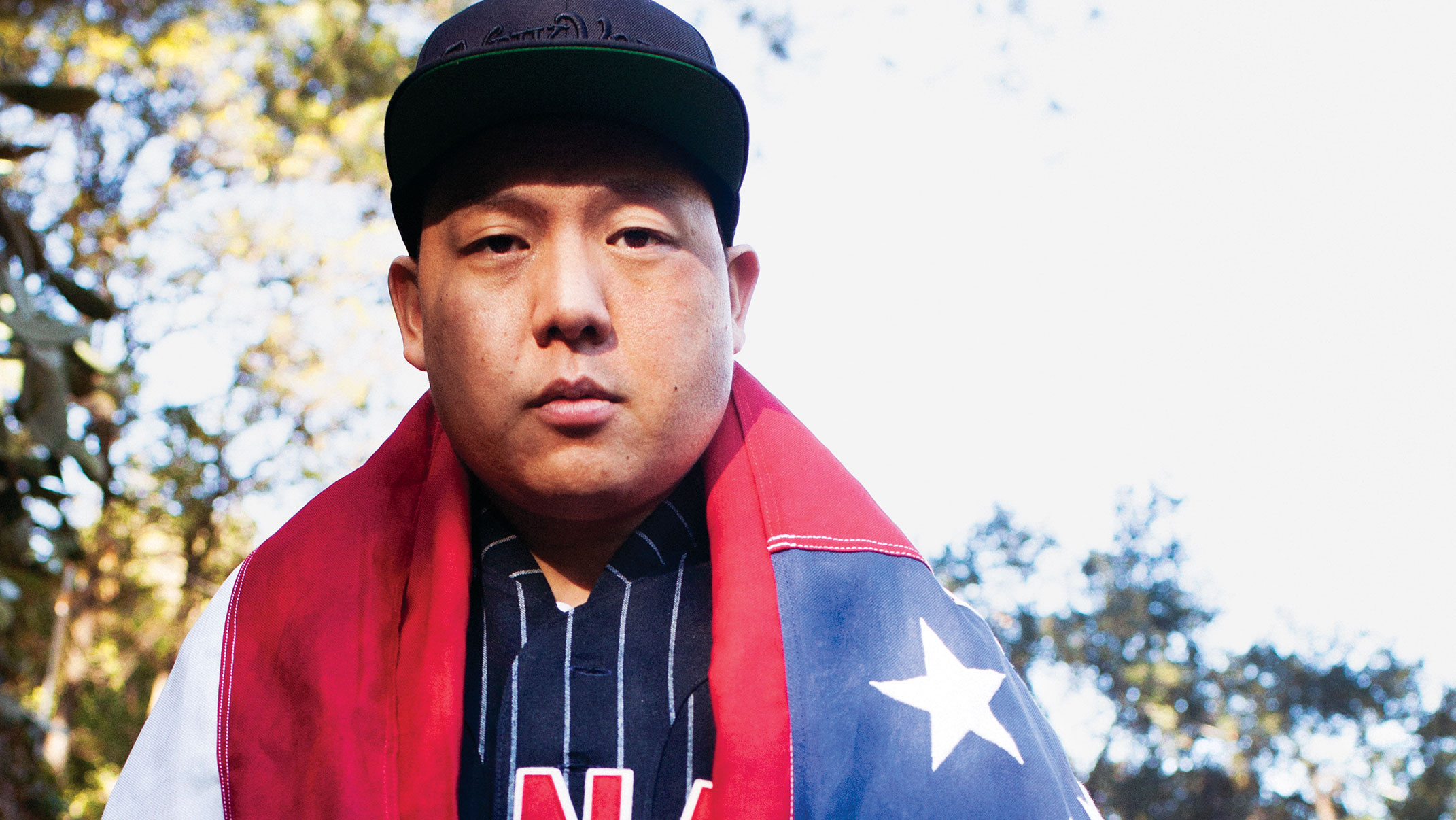Margret Cho, American Girl (1994-1995)
“Korean American” cast, many of which were east asian but not particularly Korean.
- 1st televised sitcom to star an Asian American family/lead + censorship
- The concept of “authenticity”/representation
- Laugh at me vs. laugh with me
- Humor relying on stereotypes/tropes and the distinction between when members of group laugh at own stereotypes bc they know it is untrue while other non members my be viewing it as a reaffirmation/validation of the preexisting stereotypes they had of said group.
- Q:Who’s the target audience??? What is being sacrificed to make show more palatable to “Americans”/ white ppl?
- “not asian enough” – community property
- transition to self deprecating humor/ ethnic humor
Fresh Off The Boat
- Both set in the 90’s
- Reinstates how Asian Americans are still fighting the stereotype of being seen as forever foreigners and how Asian Americans struggle to find identities in a binary America that is often only seen as (black/white)- this theme can also relate to Better Luck Tomorrow. To be Asian and attempt to be white parallels with the model minority myth however when the opposite is invoked we are introduced to ppl who will probably identity with Eddie.
- Q: Is the term FOB used for other minority groups as frequently as APIA?
- Un adressed anti-blackness
- American Dream
- no laugh track
- Taiwanese/Chinese (seen as interchangeable in the show)
- Q: Can Asian Americans have there own successful TV show with out fulfilling the model minority narrative/positively reinforcing the American Dream?
The Last Dragon- Bruce Lee Roy (cultural exchange vs. appropriation)

This article is addressing why Eddie left his show when he was confronted with the political motives of the producers, The Bamboo Ceiling – TV
http://www.vulture.com/2015/01/eddie-huang-fresh-off-the-boat-abc.html
“Eddie Huang’s Big Dick Asian Movement is legitimately grounded in the frustration of Asian men in America who have been emasculated, ridiculed, and mocked on movie screens, in classrooms, and on dating sites. But its framing and points of action are centered on a fundamentally misogynist notion of sexual entitlement, encapsulated in Huang’s oft-repeated statement of purpose that “Jet Li gets no pussy” in Romeo Must Die. That Huang grounds his project of Asian American manhood in the attempted subversion of stereotypes of Black male hyper-masculinity and the adoption of hip hop culture cements his project as one that reinscribes, rather than challenges, systems of racial and gendered oppression.”
Link to article above discusses Asian masculinity + anti-blackness:
When Asian Emasculation Meets Misogyny: On Eddie Huang’s Black Feminist Problem
